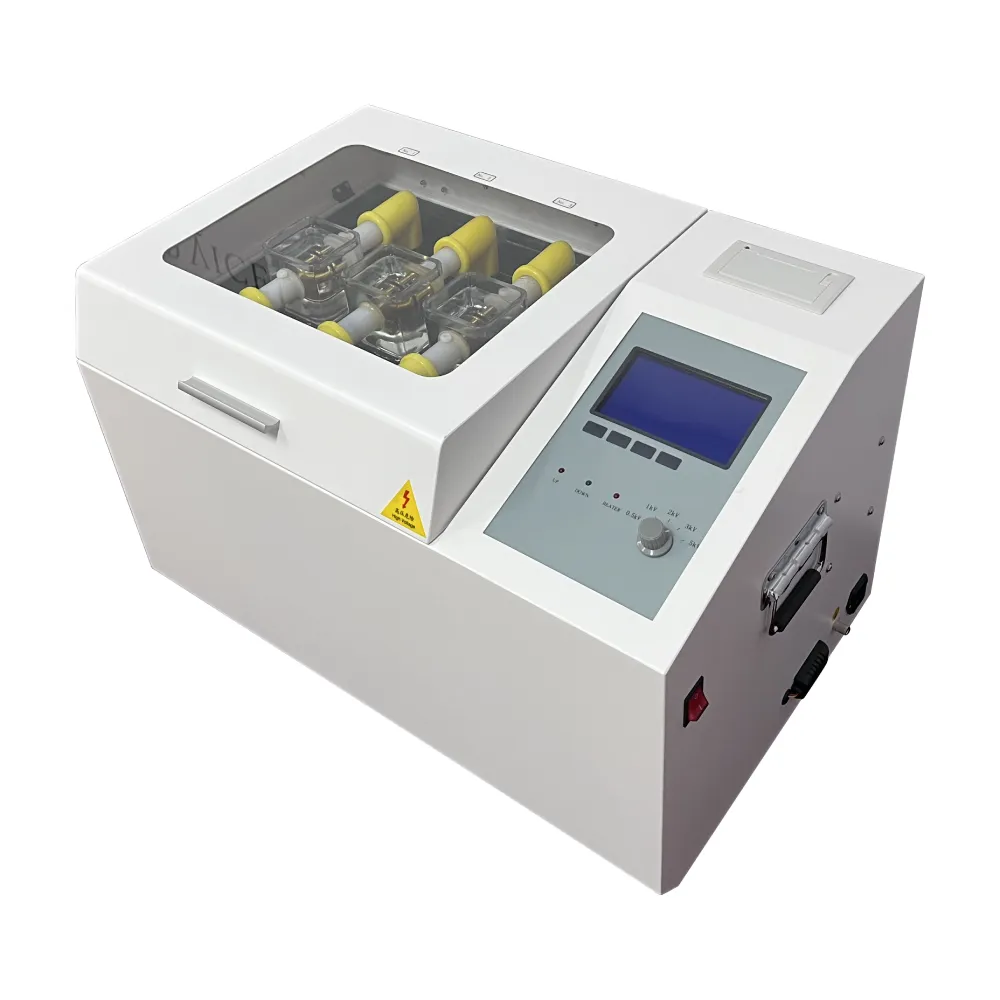 English
English


Exploring the Functionality and Benefits of Automatic Tap Changers in Power Transformers
Understanding Auto Tap Changers The Unsung Heroes of Power Distribution
In the intricate world of electrical power systems, auto tap changers play a crucial yet often overlooked role. As electricity demands fluctuate throughout the day, maintaining optimal voltage levels is essential to ensure both efficiency and safety in power distribution. This is where auto tap changers come into the picture. These sophisticated devices automatically adjust the transformer’s tap settings, thus regulating voltage without the need for human intervention.
What is an Auto Tap Changer?
An auto tap changer (ATC) is a device attached to a transformer that dynamically alters the connection points on the transformer's windings, known as taps. By transitioning between these taps, the ATC can increase or decrease the transformer’s output voltage according to preset criteria. This automatic adjustment is vital for maintaining the stability of the electrical grid, particularly in systems with variable loads.
The Mechanism of Action
The mechanism of an auto tap changer consists of several key components the tap changer itself, a control system, and often a voltage sensing device. The process begins with voltage sensing; the ATC constantly monitors the output voltage of the transformer. When the voltage deviates from the desired range, the control system activates the tap changer, allowing it to select the appropriate tap to correct the voltage.
These adjustments can occur while the transformer remains energized, an essential feature that helps avoid disruptions in electrical supply. This energization capability differentiates auto tap changers from manual ones, which typically require de-energizing the transformer to make adjustments, potentially leading to service interruptions.
Types of Auto Tap Changers
auto tap changer

There are primarily two types of auto tap changers on-load and off-load. On-load tap changers (OLTC) can adjust tap positions while the transformer is operational, making them suitable for applications where consistent power supply is critical. On the other hand, off-load tap changers require the transformer to be de-energized for adjustments, which can limit their use in time-sensitive situations.
Applications in Power Systems
Auto tap changers are widely used in various applications across electric utilities, industrial plants, and commercial buildings. They are instrumental in substations where load variations can lead to significant voltage fluctuations. By maintaining voltage levels within acceptable limits, ATCs help protect sensitive equipment from damage and ensure the safe functioning of electrical systems.
Moreover, as renewable energy sources like wind and solar power become increasingly prevalent, the need for sophisticated voltage regulation tools like auto tap changers grows. These energy sources can be intermittent and variable, heightening the importance of automatic adjustments to ensure grid stability.
Benefits of Auto Tap Changers
Several advantages come with the use of auto tap changers. First, they foster improved voltage regulation, leading to higher efficiency in power distribution. Second, their automatic nature reduces the need for manual oversight, allowing utilities to allocate resources more effectively. Additionally, by mitigating the risk of voltage-related damage to equipment, they contribute to lower maintenance costs over the long term.
Conclusion
In conclusion, auto tap changers are vital components of modern electrical systems, ensuring reliable and efficient power distribution. Their ability to automatically adjust voltage levels in response to changing demands highlights their importance in maintaining grid stability, especially as we move toward an increasingly decentralized energy landscape. As the world continues to embrace renewable energy sources and modernize its infrastructure, the role of auto tap changers will become even more significant, securing their place as unsung heroes in the world of electricity.
-
Differences between open cup flash point tester and closed cup flash point testerNewsOct.31,2024
-
The Reliable Load Tap ChangerNewsOct.23,2024
-
The Essential Guide to Hipot TestersNewsOct.23,2024
-
The Digital Insulation TesterNewsOct.23,2024
-
The Best Earth Loop Impedance Tester for SaleNewsOct.23,2024
-
Tan Delta Tester--The Essential Tool for Electrical Insulation TestingNewsOct.23,2024





